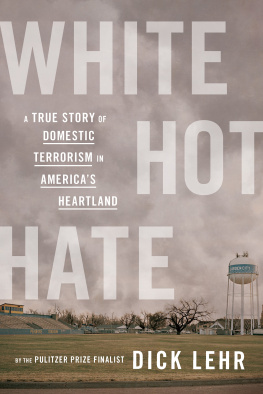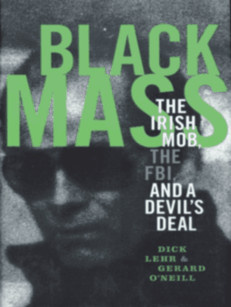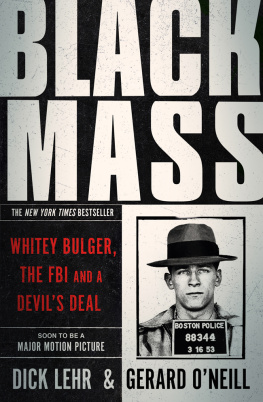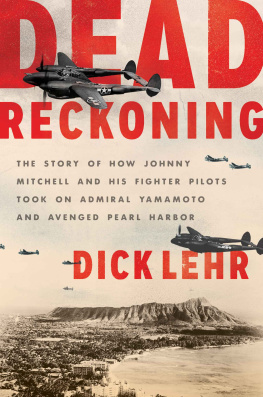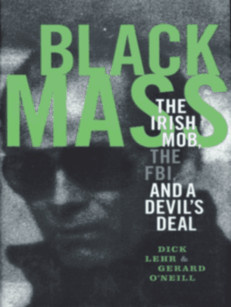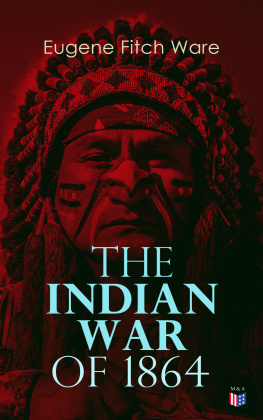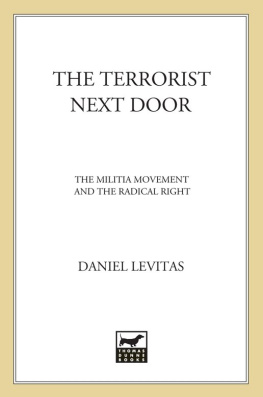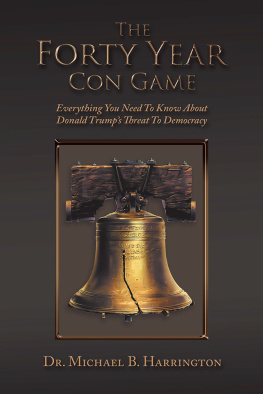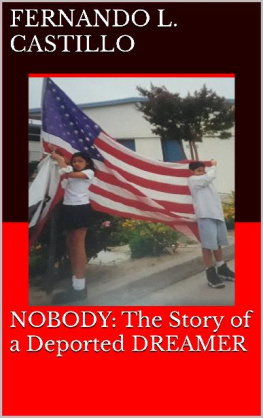Copyright 2021 by Richard Lehr
All rights reserved
No part of this book may be used or reproduced in any manner whatsoever without written permission except in the case of brief quotations embodied in critical articles and reviews. For information, address HarperCollins Publishers, 195 Broadway, New York, NY 10007.
marinerbooks.com
Library of Congress Cataloging-in-Publication Data has been applied for.
ISBN 9780358359906 (hardback)
ISBN 9780358359968 (ebook)
Cover design by Kerry Rubenstein
Cover photograph Benjamin Rasmussen
Author photograph Suzanne Kreiter
v1.1021
For my family: Karin, Nick, Christian, Chloe, Holly, and Dana
And for infinite hope
Barasho horteed ha i nicin.
Get to know me before you reject me.
SOMALI PROVERB
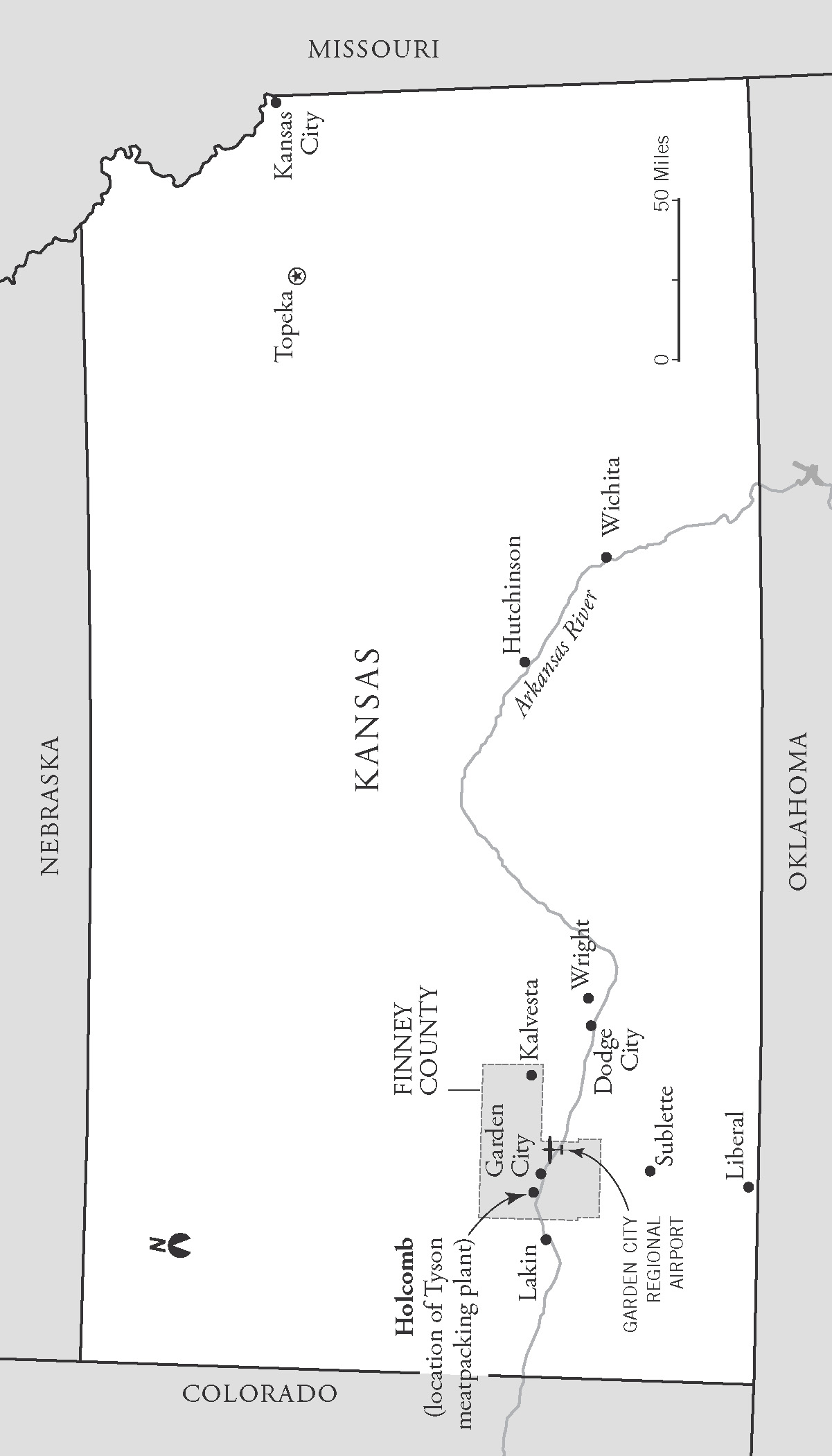
Authors Note
White Hot Hate is a work of nonfiction about real people, real events, and a real place. No ones name has been changed. The book is based on personal interviews and on thousands of pages of sworn testimony and documents from a federal district court trial, a federal appeals court review, and investigatory records from the Federal Bureau of Investigation and the US Department of Justice. The latter includes at least a hundred hours of secretly recorded (audio and, at times, video) conversations involving the FBI informant Dan Day, the FBI undercover agent Brian, and the three Crusaders. Either by letter or other means I requested interviews with the three incarcerated defendants, Patrick Stein, Curtis Allen, and Gavin Wright. They did not respond. I therefore relied on their recorded statements, information in their sentencing memorandums, and other records submitted to the courts by their respective attorneys. The scenes and dialogue are based on either the extensive audio and video recordings or the recollection of at least one participant. The language on those tapes frequently includes profanities and racist slurs. For grammar and clarity, I occasionally altered the verb tense in a quotation or made other minor edits. Key interviews include those with Dan Day, Brandon Day, Alyssa Day, Cherlyn Day, Adan Keynan, Ifrah Ahmed, Halima Farah, Mursal Naleye, Benjamin Anderson, former assistant US attorney Anthony Mattivi, FBI agent Amy Kuhn, and retired FBI agent Robin Smith. During several trips to Kansas, I visited Wichita, Garden City, Dodge City, Liberal, Kalvesta, Sublette, Holcomb, and other locations where events in the book took place. The various sources that I relied on are summarized in chapter notes at the back of the book.
Prologue: A Call to Arms
S HORTLY AFTER 2 A.M. on June 12, 2016, a young man named Omar Seddique Mateen parked a rented van in a lot adjacent to the popular Pulse nightclub in Orlando, Florida. Mateen, twenty-nine years old, was armed with a SIG-Sauer MCX semiautomatic rifle and a Glock 17 9mm semiautomatic pistolboth purchased legally. The SIG-Sauer MCX is a lightweight rifle with a sixteen-inch cold hammer-forged barrel that is marketed as a sporting rifle, even though bullets explode from it in a staccato rapid-fire sequence.
Dressed in tan cargo pants and a plaid shirt, Mateen strode into the nightclubs front lobby. It was last call, but several hundred patrons still packed the gay bar for a Latin-themed night of dancing, which was finally winding down in the wee hours of Sunday. Within seconds, the gun-toting Mateen shot the first person he encountered. Without hesitation he continued onto the main dance floor, firing in every direction. Pandemonium erupted as terrified patrons tried desperately to escape. Some ran out through exit doors to the parking lot; others crawled into bathrooms to hide in stalls. The gunman killed or wounded anyone in his path. When, thirty minutes later, an Orlando police negotiator reached the shooter by phone and asked for his name, Mateen replied, Youre speaking to the person who pledged allegiance to the Islamic State. Seconds later, the gunman continued: My homeboy Tamerlan Tsarnaev did his thing on the Boston Marathon, so now its my turn.
In less than five minutes, the terrorist fired roughly two hundred rounds. He killed forty-nine people, injured another fifty-three. Following a three-hour standoff, during which police safely extracted dozens of patrons from various parts of the club, Mateen, who once had worked as a security guard, was killed in a shootout with a SWAT team. Police entering the club found bodies strewn on the dance floor and piled on the stage, a slaughter unlike anything they had ever seen. It was the deadliest attack on US soil since September 11, 2001.
Reaction that Sunday morning was swift, as public officials across the country denounced the violence and proclaimed that mass shootings would not intimidate Americans. Condolences for the victims families flooded the airwaves and the Internet, although one presidential candidate somehow found a way to turn the carnage at the club into a moment of self-praise. Donald J. Trump, at the time the likely Republican presidential nominee despite sky-high unfavorable ratings, said hed been sounding the alarm about President Barack Obama and also Hillary Clinton, a Democrat who would soon oppose Trump in his run for president. Both Democrats were weak on terrorism, openly inviting trouble, said Trump. Appreciate the congrats for being right on radical Islamic terrorism, he tweeted at noon. I dont want congrats, I want toughness & vigilance. Claiming that Muslims were pouring into America and trying to take over our children, Trump repeated his campaign promise to ban them from entering the United States if he was elected president.
F ORTY-EIGHT HOURS after the mass shooting, and nearly sixteen hundred miles from Orlando, Dan Day heard his cell phone ring at daybreak in his ranch house in Garden City, a tiny city in rural southwest Kansas. Dan was slow to answer. He was unwellin a stupor of sorts, half-awake, half-asleep, and feeling awful. Hed overdone it the previous day, helping his son with his landscaping business, working in the hundred-plus-degree heat, and failing to eat enough and, more important, keep his stocky, forty-eight-year-old frame hydrated. A native of Garden City and a lifelong Kansan who had worked just about every kind of job growing up, whether on a farm or at the giant meatpacking plant on the outskirts of town, he should have known better. Now he was paying the pricedizziness, clamminess, a splitting headache. Hed barely slept.
Calling him was Patrick Stein. He was the XO, or executive officer, of the southwestern division of the Kansas Security Force militia, and so when Dan answered, knowing he had to, Patrick filled his ears with the same fast, angry talk Dan had come to expect. Dan referred to these over-the-top tirades as going Steinwords firing rapidly like bullets from Patricks mouth. Patrick instantly picked up where theyd left off the previous night, when he and the others in their private circle had held a conference call using Zello, the push-to-talk application that worked much like a walkie-talkie, to express high-voltage outrage at ISIS and the slaughter in Orlando. Patrick, then and now, was shouting that hed had it. He was done, fuckin done, he said, with waiting for someone else to step up and do something decisive about Muslim terrorists hiding in plain sight everywhere across the great United States.
Shits got to fucking stop, Stein raged to Dan about Mateens massacre, screaming for a final solution. He told Dan hed already set a meeting for later that same day, and Dan sensed from Patricks tone that his friend was at long last ready to blow like a volcano. For months Patrick had talked about taking action, but in the wake of Orlando it seemed some kind of switch inside him had flipped. The time had finally come, as Patrick kept saying, to stop the Muslims

